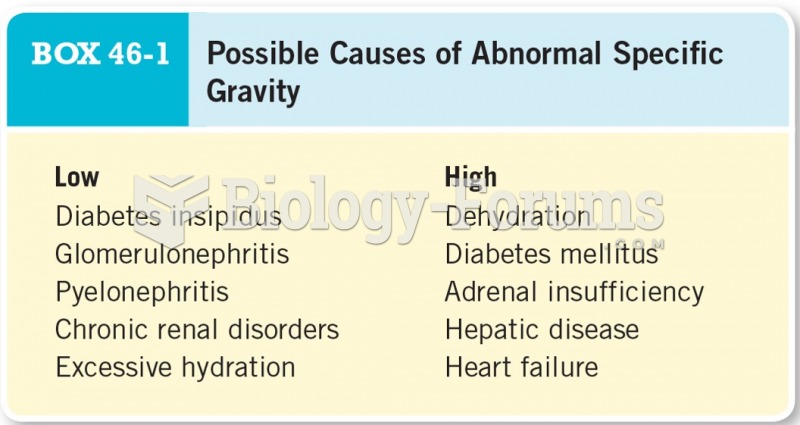|
|
|
Drying your hands with a paper towel will reduce the bacterial count on your hands by 45–60%.
Children with strabismus (crossed eyes) can be treated. They are not able to outgrow this condition on their own, but with help, it can be more easily corrected at a younger age. It is important for infants to have eye examinations as early as possible in their development and then another at age 2 years.
Nearly 31 million adults in America have a total cholesterol level that is more than 240 mg per dL.
Women are two-thirds more likely than men to develop irritable bowel syndrome. This may be attributable to hormonal changes related to their menstrual cycles.
Medication errors are more common among seriously ill patients than with those with minor conditions.






